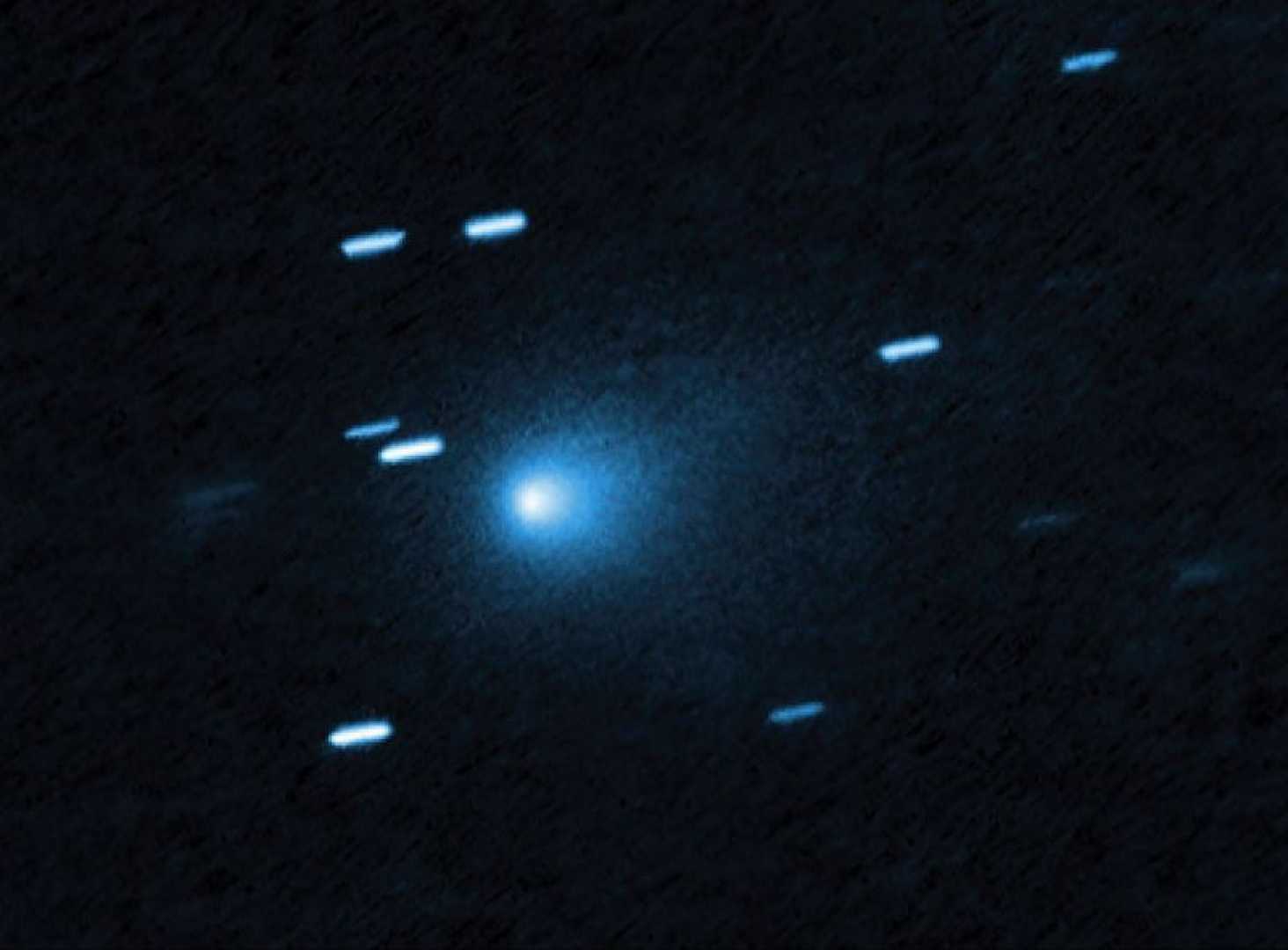NASA Observes Interstellar Comet 3I/ATLAS Before It Disappears

WASHINGTON, D.C. — NASA is closely tracking interstellar comet 3I/ATLAS, which was discovered in summer 2025 and is now passing through our solar system. The comet poses no threat to Earth, but scientists want to gather as much data as possible before it leaves permanently.
NASA’s SPHEREx, or Spectro-Photometer for the History of the Universe, Epoch of Reionization and Ices Explorer, observed the comet from August 7 to August 15. The team is currently analyzing the data to better understand the comet’s size, physical properties, and chemical composition.
“Each observation brings us closer to understanding this unique visitor,” said Abbey Interrante, a NASA spokesperson. “3I/ATLAS provides a rare glimpse into the processes happening around other stars.”
The NASA James Webb Space Telescope also observed 3I/ATLAS on August 6, using its Near-Infrared Spectrograph to probe the comet’s surface chemistry.
“Interstellar comets are like time capsules, giving us material evidence of star systems beyond our own,” Interrante added.
Hubble Space Telescope has also contributed to the ongoing study, using its high-resolution capabilities to refine estimates of the comet’s size. Together, these missions are offering insights into comets that did not form in our solar system.
The observations have sparked discussions within the scientific community, and NASA has made a detailed research note available to the public. Researchers are eager to learn how interstellar visitors shape and inform our understanding of cosmic evolution.
“With each interstellar object, we gain crucial data to compare our solar system to others,” said Alise Fisher from NASA Headquarters.
For now, comet 3I/ATLAS remains a captivating discovery, reminding scientists that our cosmic neighborhood is still home to visitors from beyond.
